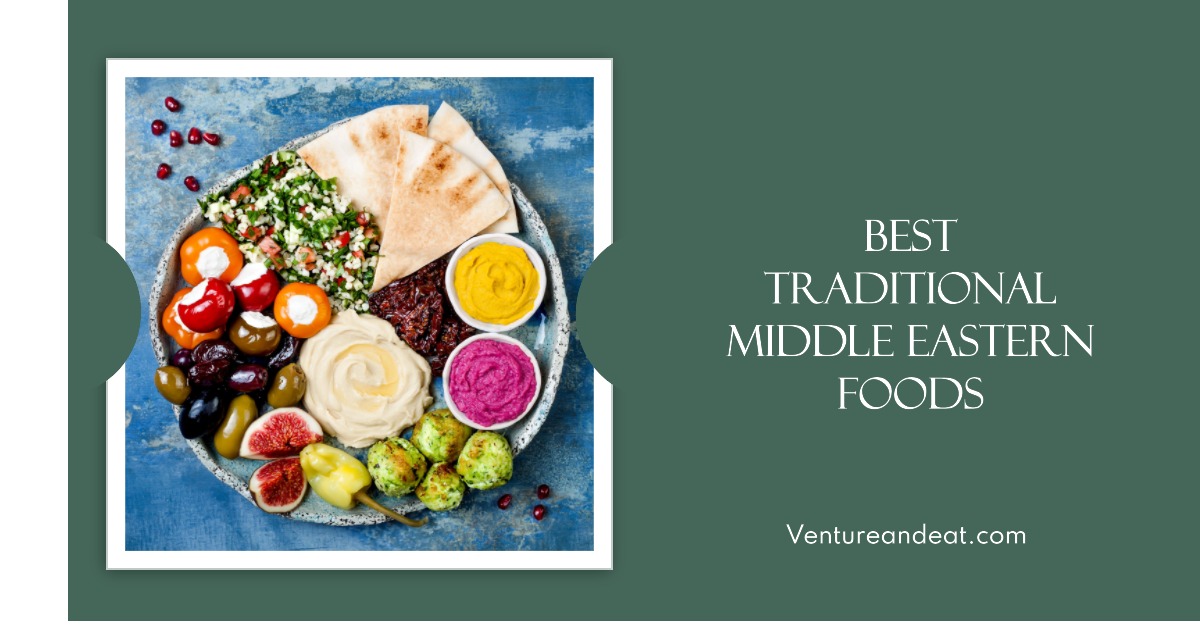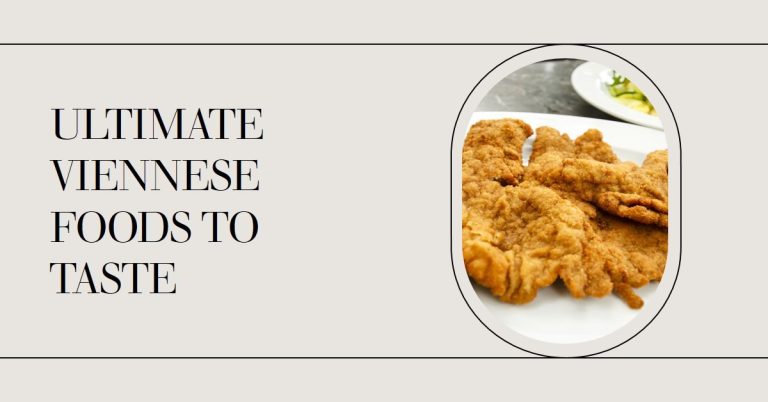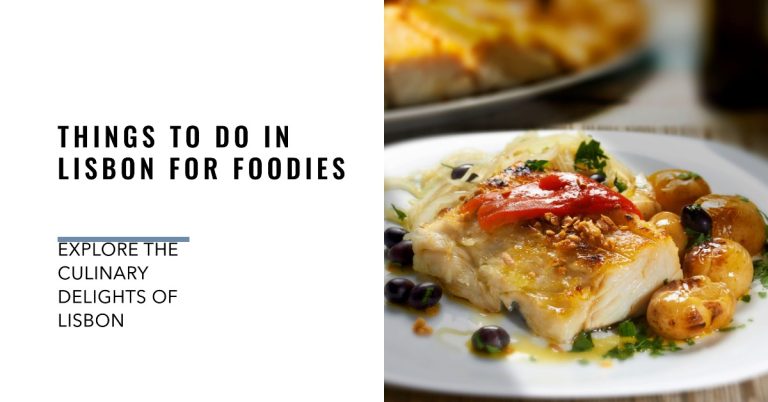10 Best Traditional Middle Eastern Foods
Middle Eastern cuisine is a celebration of flavors, colors, and traditions that extend across countries and generations. It’s a rich tapestry of cultures that serves up a culinary journey like no other. The region’s dishes are a delight to the senses, presenting a perfect blend of spices, herbs, and quality ingredients. Today, we’ll uncover some of the best traditional Middle Eastern dishes that you absolutely must try.
1. Hummus
Hummus is a quintessential Middle Eastern dish that has conquered the world. Made from mashed chickpeas, tahini (a paste made from sesame seeds), olive oil, lemon juice, and garlic, it’s a delicious, healthy dip that pairs perfectly with warm pita bread.
- Pro tip: Add a sprinkle of paprika and a drizzle of extra virgin olive oil to elevate your hummus experience.
2. Falafel
Originating in Egypt, falafel has become a popular vegetarian dish worldwide. These deep-fried balls, typically made from ground chickpeas or fava beans, are crunchy on the outside, soft on the inside, and packed full of flavor.
- Fun fact: The word “falafel” can refer to the fritter itself, or a wrapped sandwich filled with falafel, salad, pickles, and tahini sauce.
3. Shawarma
Shawarma is a popular street food, particularly in Levantine cuisine. It’s a mouthwatering sandwich-like wrap made from thinly sliced cuts of meat (like chicken, beef, or lamb) that are marinated and then slow-roasted on a vertical spit for hours.
- Cultural note: Shawarma has different variations and names across the region. For instance, in Turkey, it’s known as “doner kebab,” and in Greece, it’s called “gyros.”
4. Mansaf
The national dish of Jordan, Mansaf is a lavish and hearty feast. It’s made from lamb cooked in a sauce of fermented dried yogurt called “jameed” and served with rice or bulgur.
- Tradition: Mansaf is traditionally eaten with the right hand, signifying unity and brotherhood.
5. Dolma
Dolma refers to stuffed vegetables, a dish that is common throughout the Middle East. The stuffing typically consists of rice, minced meat, and various spices, all wrapped inside vine leaves or other vegetables like peppers, tomatoes, and eggplants.
- Variety: There are countless variations of dolma, with some regions preferring a sweet-and-sour flavor, while others lean towards savory.
6. Tabbouleh
This refreshing salad is a staple in Lebanese cuisine. Tabbouleh is a mix of finely chopped parsley, mint, tomato, scallions, bulgur (cracked wheat), and is dressed with lemon juice and olive oil.
- Health hack: Tabbouleh is not just delicious, it’s also packed with vitamins, fiber, and antioxidants.
7. Baklava
No list of Middle Eastern dishes would be complete without mentioning a dessert, and baklava is one of the most beloved sweets in the region. This pastry is made of layers of filo filled with chopped nuts and held together with syrup or honey.
- Sweet tip: Pair baklava with a cup of strong Turkish coffee for a perfect end to your meal.
8. Kebab
Perhaps one of the most recognized Middle Eastern dishes, Kebab refers to a variety of meat dishes, commonly lamb or beef, that are typically grilled or roasted on a skewer. The meat is marinated in a mix of spices, creating a succulent and flavor-packed dish.
- Versatility: Kebab can be served on a plate, in a wrap, or in a sandwich, often accompanied by salads, grilled vegetables, and a variety of sauces.
9. Fattoush
Fattoush is a Levantine bread salad made from toasted or fried pieces of pita combined with mixed greens and other vegetables, such as radishes and tomatoes. The dish is typically seasoned with sumac, a tangy Middle Eastern spice.
- Sustainability Tip: Fattoush is a great way to use up stale bread, making it a delicious and eco-friendly choice!
10. Muhammara
Muhammara is a spicy dip that originally comes from Syria but has won hearts across the region and beyond. It’s made from a blend of red peppers, walnuts, bread crumbs, and pomegranate molasses, creating a dip that is both spicy and slightly sweet.
- Serving Suggestion: Muhammara is perfect as a dip for bread or vegetables, but it can also be used as a spread on toast or as a sauce for grilled meats.
The Middle Eastern kitchen is diverse, nutritious, and undeniably delicious. From hearty main courses to healthy salads and indulgent desserts, there’s something for everyone. So next time you’re looking for a culinary adventure, don’t hesitate to dive into the



